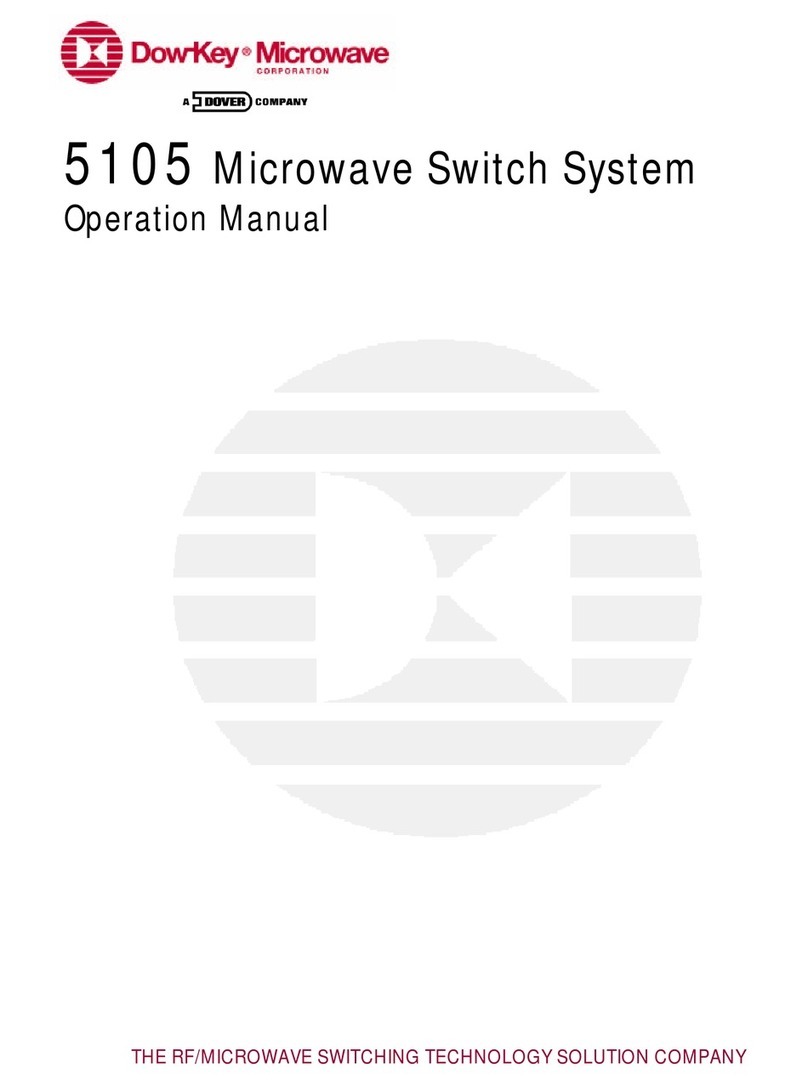
v
Table of Contents
1 General Information...................................................................................................... 1
1.1Introduction ........................................................................................................ 1
1.2MS Matrices ....................................................................................................... 2
1.3MP Matrices ....................................................................................................... 3
1.4CB Matrices........................................................................................................ 4
1.5Technical Specifications..................................................................................... 5
1.6Safety Precaution............................................................................................... 6
1.7Inspection........................................................................................................... 6
1.8Maintenance....................................................................................................... 6
1.9Repacking for shipment ..................................................................................... 6
2 System Layout ............................................................................................................. 7
2.1Front Panel Layout............................................................................................. 7
2.2Rear Panel Layout ............................................................................................. 8
2.3Top View Layout ................................................................................................ 9
2.4RF configuration............................................................................................... 10
3 Connections ............................................................................................................... 11
3.1Power Connection............................................................................................ 11
3.1.1Line Voltage............................................................................................... 11
3.1.2Line Power Connection.............................................................................. 11
3.1.3Line Fuse Replacement............................................................................. 11
3.2Ground Connection .......................................................................................... 12
3.3RS232 Connection ........................................................................................... 12
3.4CAN Bus Connection ....................................................................................... 13
3.5Ethernet Connection ........................................................................................ 14
3.6USB Port .......................................................................................................... 14
4 Configuring the Matrix for Operation .......................................................................... 15
4.1Matrix Configuration ......................................................................................... 15
4.2Add switches ………. ....................................................................................... 15
4.3Configuring the Ethernet Connection ............................................................... 17
4.4Connection to an Ethernet ............................................................................... 18
4.5Testing Ethernet Communication ..................................................................... 19
5 Manual (LOCAL) Operation........................................................................................ 21
5.1The Keypad / LCD Interface............................................................................. 21
5.2Main Menu ....................................................................................................... 23
5.2.1Switching Operations................................................................................. 23
5.2.2Error Operations ........................................................................................ 25
5.2.3System Settings......................................................................................... 26
5.2.4Ethernet Options........................................................................................ 28
5.2.5LCD Options .............................................................................................. 29
5.2.6Set RS232 Baud Rate ............................................................................... 29
5.2.7Set GPIB Address ..................................................................................... 29
6Remote Operation.................................................................................................. 30
6.1Introduction to SCPI ......................................................................................... 30
6.2Command Syntax Structure ............................................................................. 30
6.3Command Separators and conventions ........................................................... 31
6.4Common Commands ....................................................................................... 32
6.4.1*IDN?......................................................................................................... 32
6.4.2*OPC? ....................................................................................................... 33




























